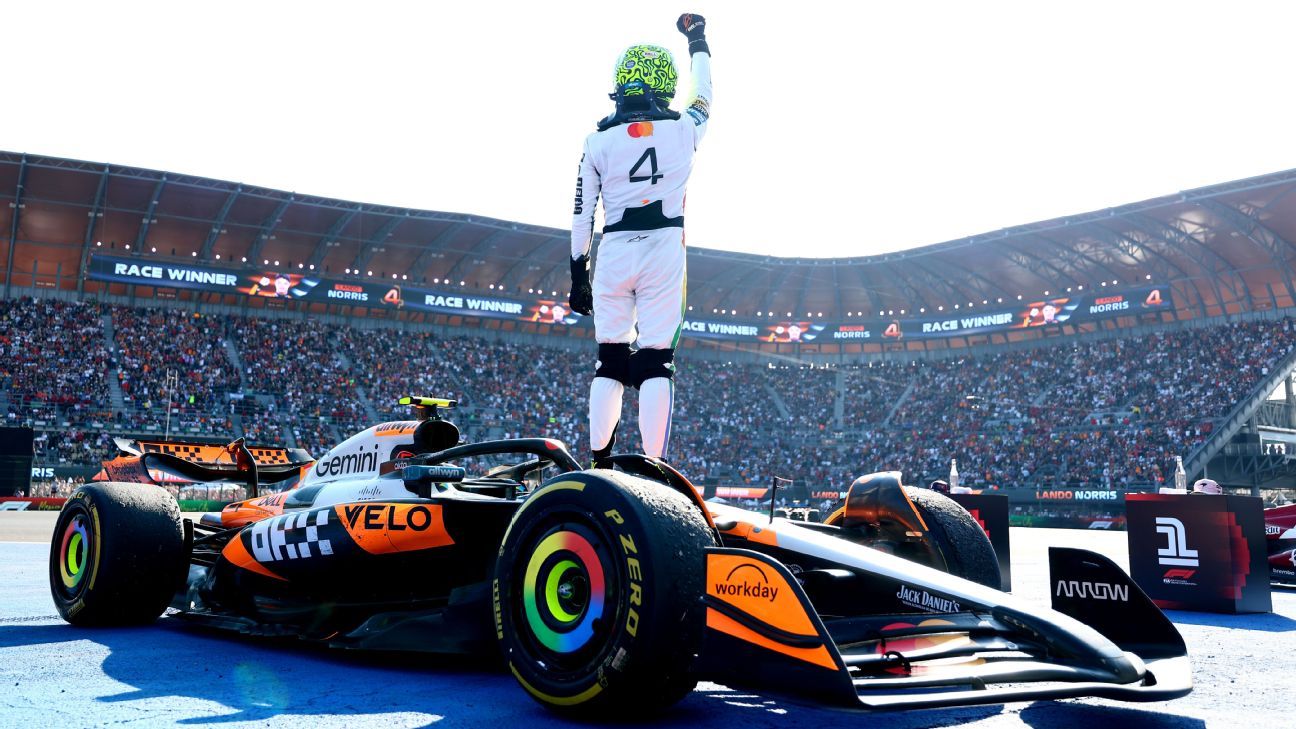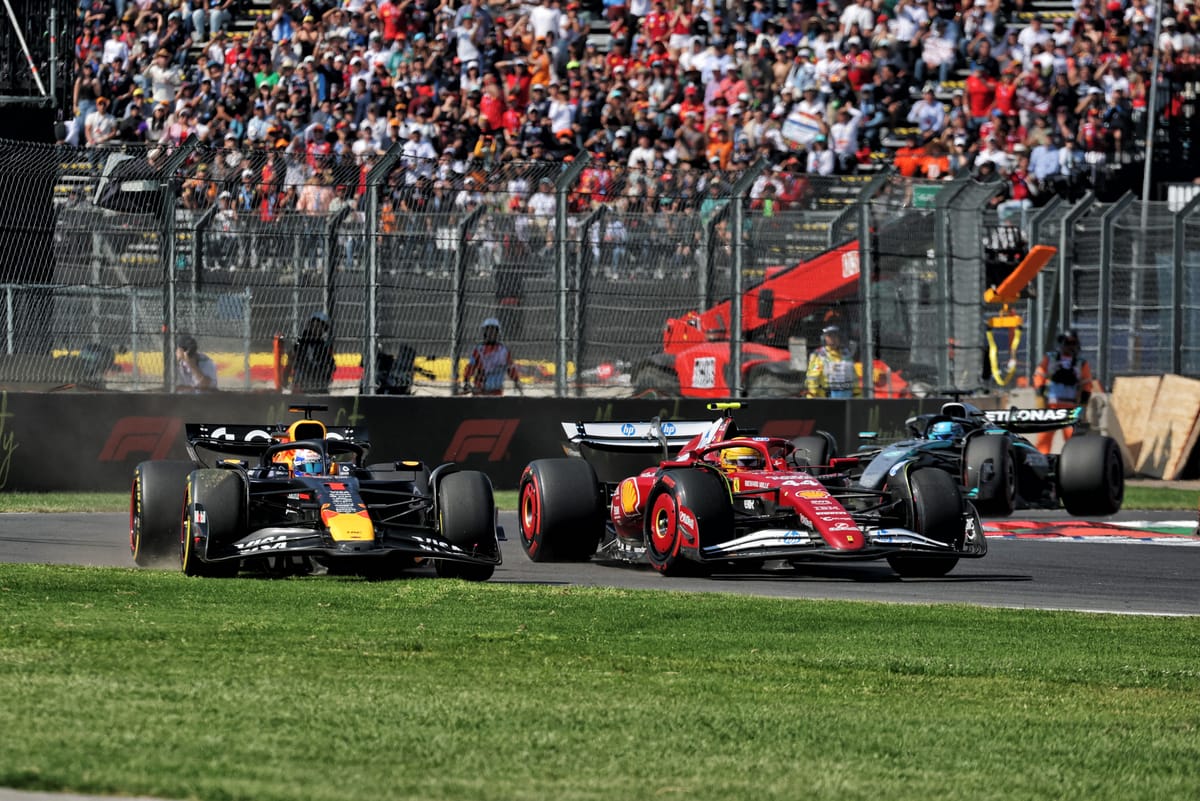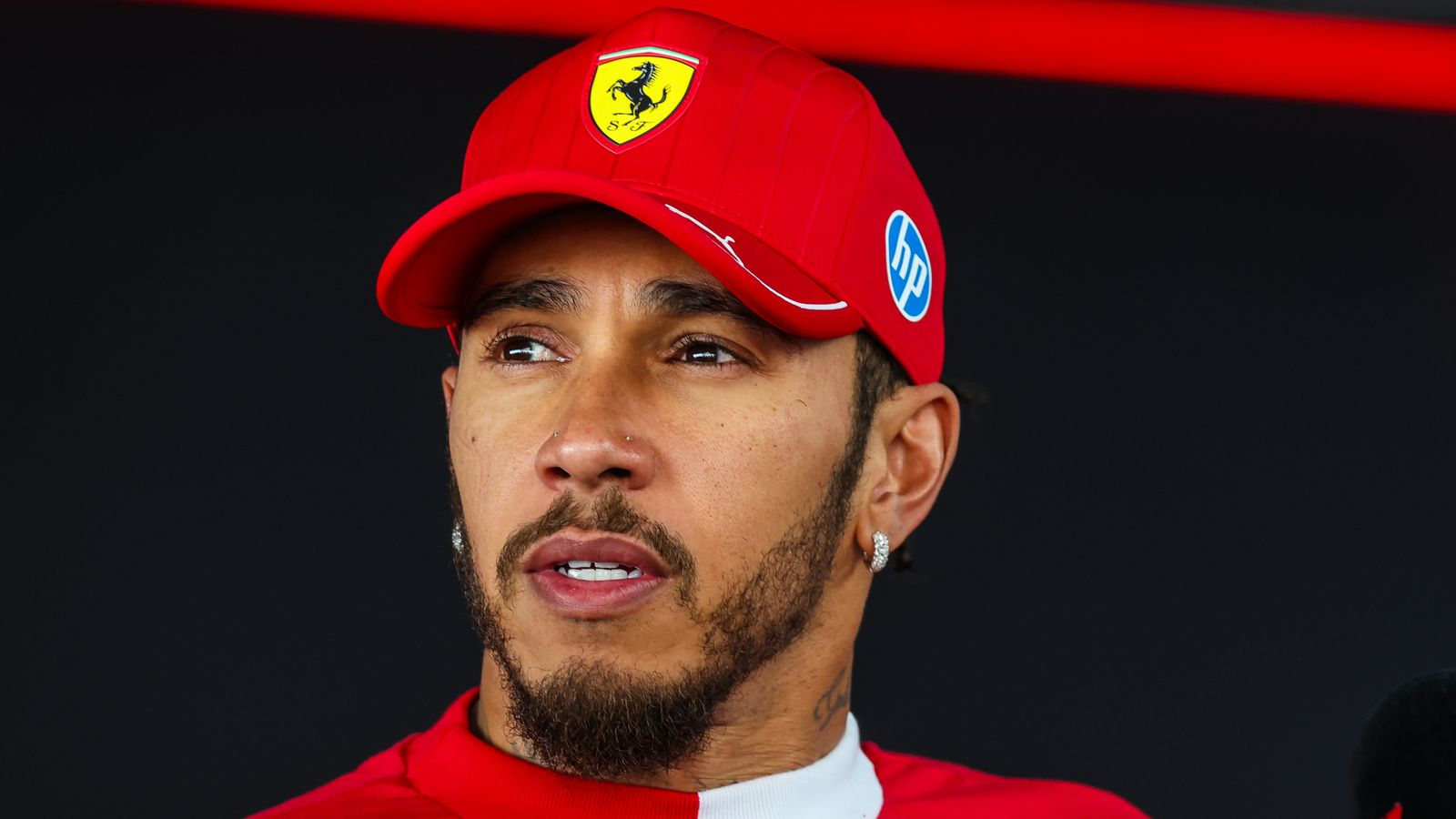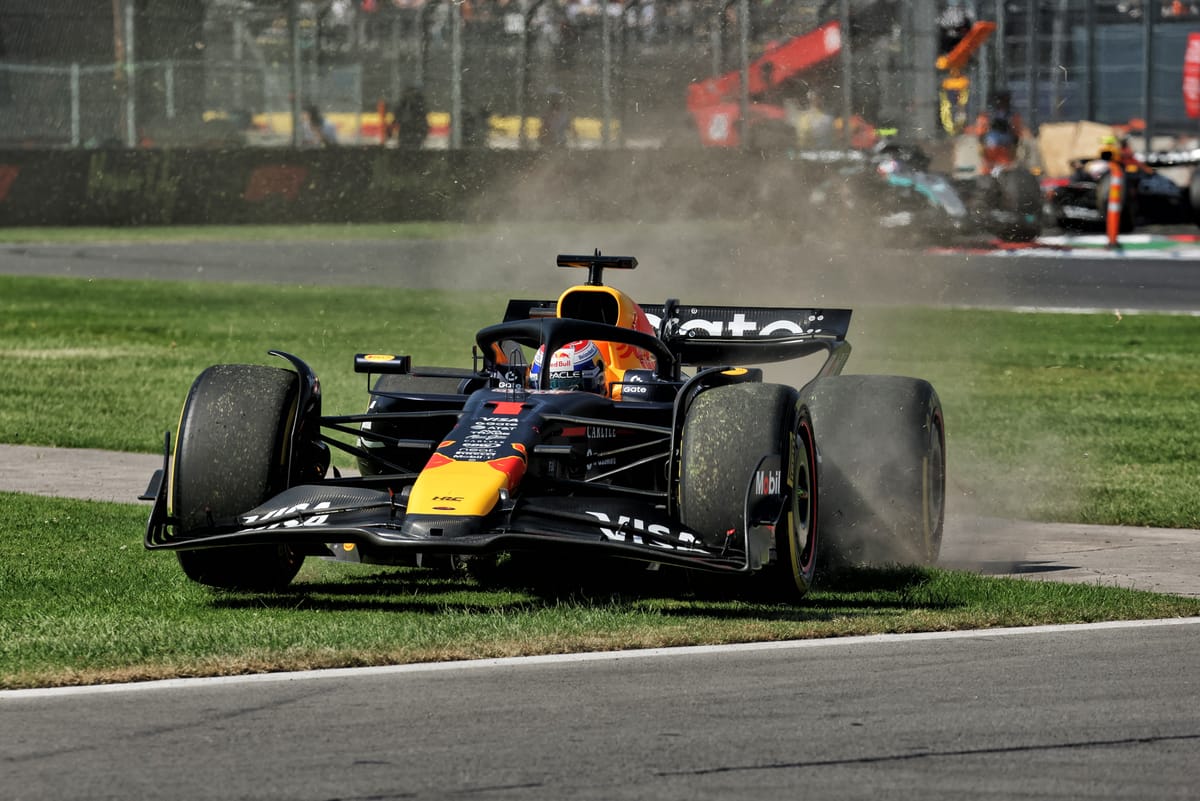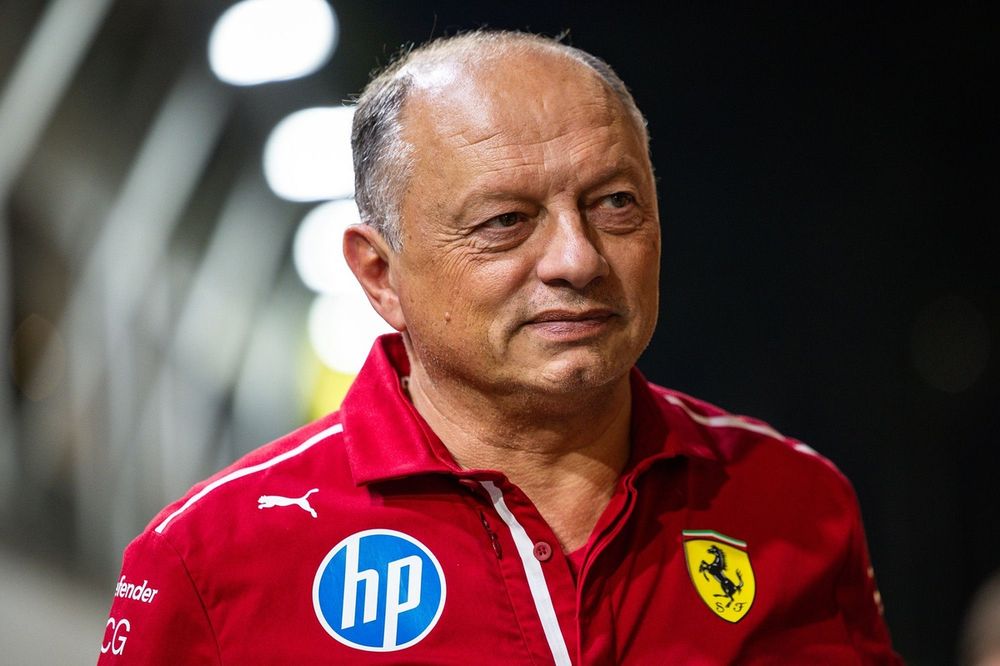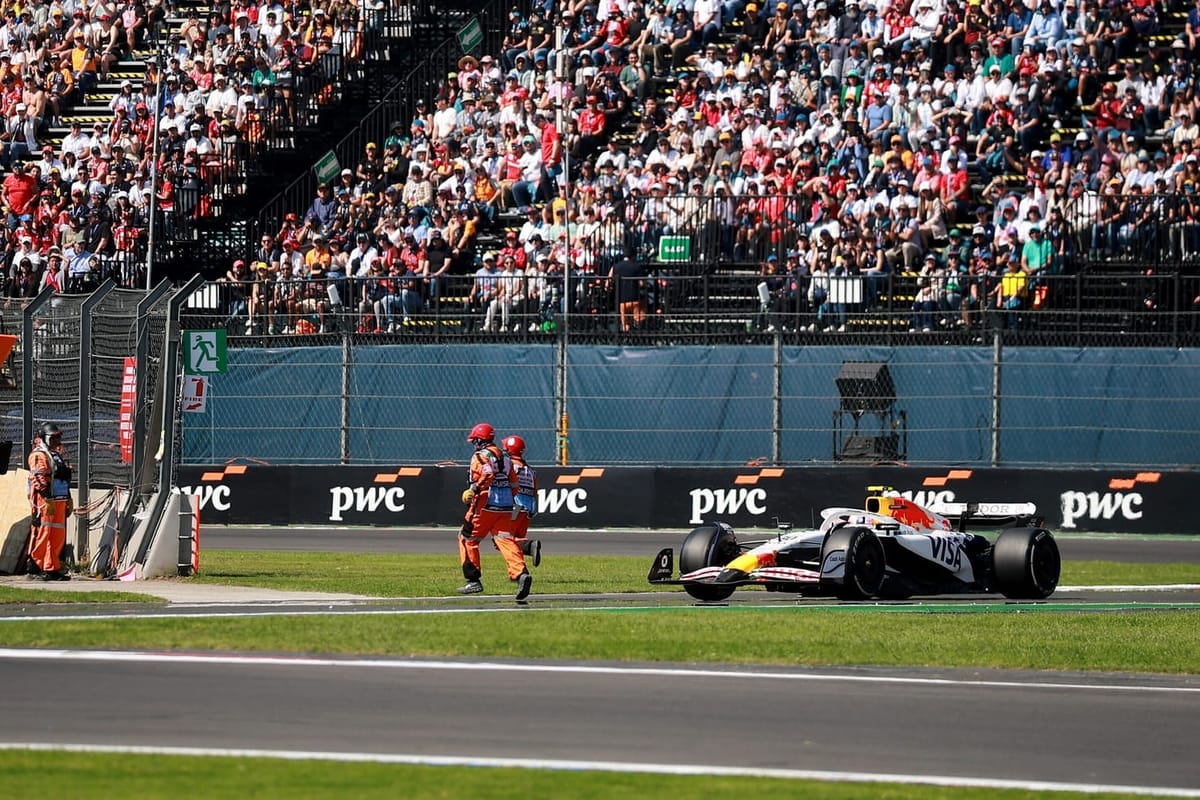
FIA Explains Near-Miss with Marshals and Late VSC at Mexico GP
The FIA has addressed two major incidents from the Mexican Grand Prix: a dangerous near-miss involving Liam Lawson and track marshals, and the controversial late Virtual Safety Car (VSC) deployment for Carlos Sainz's car. While the FIA explained the VSC decision, it admitted it still lacked a clear answer for the marshal incident.
Why it matters:
Both incidents raised significant questions about safety protocols and race control decisions in Formula 1. The near-miss with marshals highlighted a critical breakdown in communication and safety procedures, while the VSC call sparked debate among fans and could have impacted the final race outcome, particularly for drivers like Max Verstappen.
The Details:
-
Liam Lawson's Near-Miss: Early in the race, on Lap 3, Lawson encountered two marshals running across the circuit between Turns 1 and 2 after he had just returned from the pits. A furious Lawson radioed his team, stating, "Did you see that? Oh my god dude, I could have f***ing killed them," later calling the situation "unacceptable."
- FIA's Explanation: An FIA spokesperson stated marshals were on standby to clear debris after a Turn 1 incident. Instructions to dispatch marshals were rescinded as soon as Lawson pitted, and a double yellow flag was shown. However, the FIA admitted it is "still investigating what occurred after that point," indicating a lack of clear understanding as to why two marshals were on track.
- Support for Marshals: The FIA reiterated its "respect and appreciation" for the volunteer marshals, acknowledging their vital role in the sport's safety and success.
-
Late VSC for Sainz: In the closing stages, Carlos Sainz spun his Williams in the stadium section on the penultimate lap. Although he drove his car into a gap in the barriers, race control deployed a VSC, preventing Max Verstappen from potentially challenging Charles Leclerc for second place.
- FIA's Explanation: The FIA clarified that Sainz's car came to rest in an "exposed position" and began smoking, with notifications of fire received. Marshal intervention was deemed necessary for recovery. Standard procedure dictates race neutralization (VSC in this case) when marshals are deployed to recover a car. The VSC ended once the car was in a protected position, concluding the race under green-flag conditions.
- Verstappen's Reaction: Max Verstappen, whose opportunity to challenge for P2 was curtailed, remained unconcerned, stating, "Sometimes the safety car has been very nice to me as well in my career. Sometimes you win, sometimes you lose. It's how it goes in racing."
Looking Ahead:
While the FIA has provided some clarity, the marshal incident remains a serious concern that requires a full investigation to prevent future recurrences. The VSC explanation, though debated by some, highlights the FIA's adherence to safety protocols when fire and marshal intervention are involved. Ensuring robust safety measures and clear communication will be paramount for future events.
Original Article :https://www.the-race.com/formula-1/fia-response-two-incidents-mexican-gp-f1-have...


